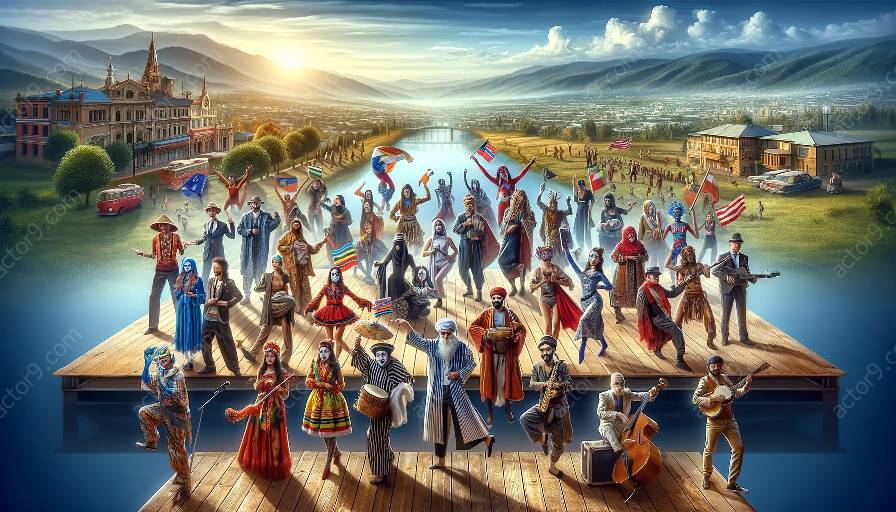Physical comedy and mime are forms of performance art that rely heavily on the portrayal of characters through exaggerated physical movements. Cultural stereotypes play a significant role in shaping the way characters are depicted in these art forms, often reflecting and perpetuating cultural norms and beliefs. The influence of cross-cultural differences can also impact the interpretation and reception of physical comedy and mime across different societies.
Cultural Stereotypes in Physical Comedy and Mime
The portrayal of characters in physical comedy and mime is influenced by cultural stereotypes that are prevalent within a particular society. Cultural stereotypes refer to widely held beliefs about certain groups of people based on their nationality, ethnicity, gender, or other social characteristics. These stereotypes often inform the mannerisms, gestures, and behaviors of characters in physical comedy and mime performances. For example, the clichéd image of a clumsy and bumbling character may be influenced by the stereotype of certain nationalities being perceived as inept or foolish.
Influence on Character Traits and Behaviors
Cultural stereotypes impact the portrayal of characters by influencing the traits and behaviors assigned to them. These stereotypes can shape the physicality, facial expressions, and comedic timing of characters, thereby perpetuating certain cultural biases and assumptions. Characters in physical comedy and mime often embody exaggerated and caricatured versions of real-life personas, and these representations are often informed by cultural stereotypes.
Reflection of Cultural Norms and Beliefs
Physical comedy and mime reflect and reinforce cultural norms and beliefs through the portrayal of characters. The use of cultural stereotypes in shaping characters serves as a mirror to societal attitudes and perceptions. Characters in these art forms may embody the values, stereotypes, and social expectations associated with a particular culture, thereby reinforcing and perpetuating certain cultural narratives.
Cross-Cultural Differences in Physical Comedy and Mime
The impact of cross-cultural differences is particularly pertinent in the context of physical comedy and mime. These art forms are not only influenced by cultural stereotypes but are also subject to varied interpretations and receptions across different cultural contexts.
Interpretation of Physical Expressions
Cross-cultural differences can significantly impact the interpretation of physical expressions in comedy and mime. Movements and gestures that may be perceived as humorous or symbolic in one culture may not resonate similarly in another. The cultural nuances in non-verbal communication and physical expressions necessitate an understanding of cross-cultural differences in order to effectively convey comedic elements and storytelling through physical performance.
Reception and Cultural Sensitivity
The reception of physical comedy and mime is influenced by the cultural context in which it is presented. Understanding and respecting cross-cultural differences is essential in ensuring that comedic portrayals do not perpetuate offensive stereotypes or inadvertently alienate specific cultural groups. The portrayal of characters in physical comedy and mime should navigate the complexities of cross-cultural differences with sensitivity and awareness.
Conclusion
The portrayal of characters in physical comedy and mime is undeniably influenced by cultural stereotypes, reflecting and perpetuating societal norms and beliefs. Cross-cultural differences further enrich the dynamics of these art forms, emphasizing the importance of cultural sensitivity and understanding in portraying characters and engaging audiences across diverse cultural contexts.


























